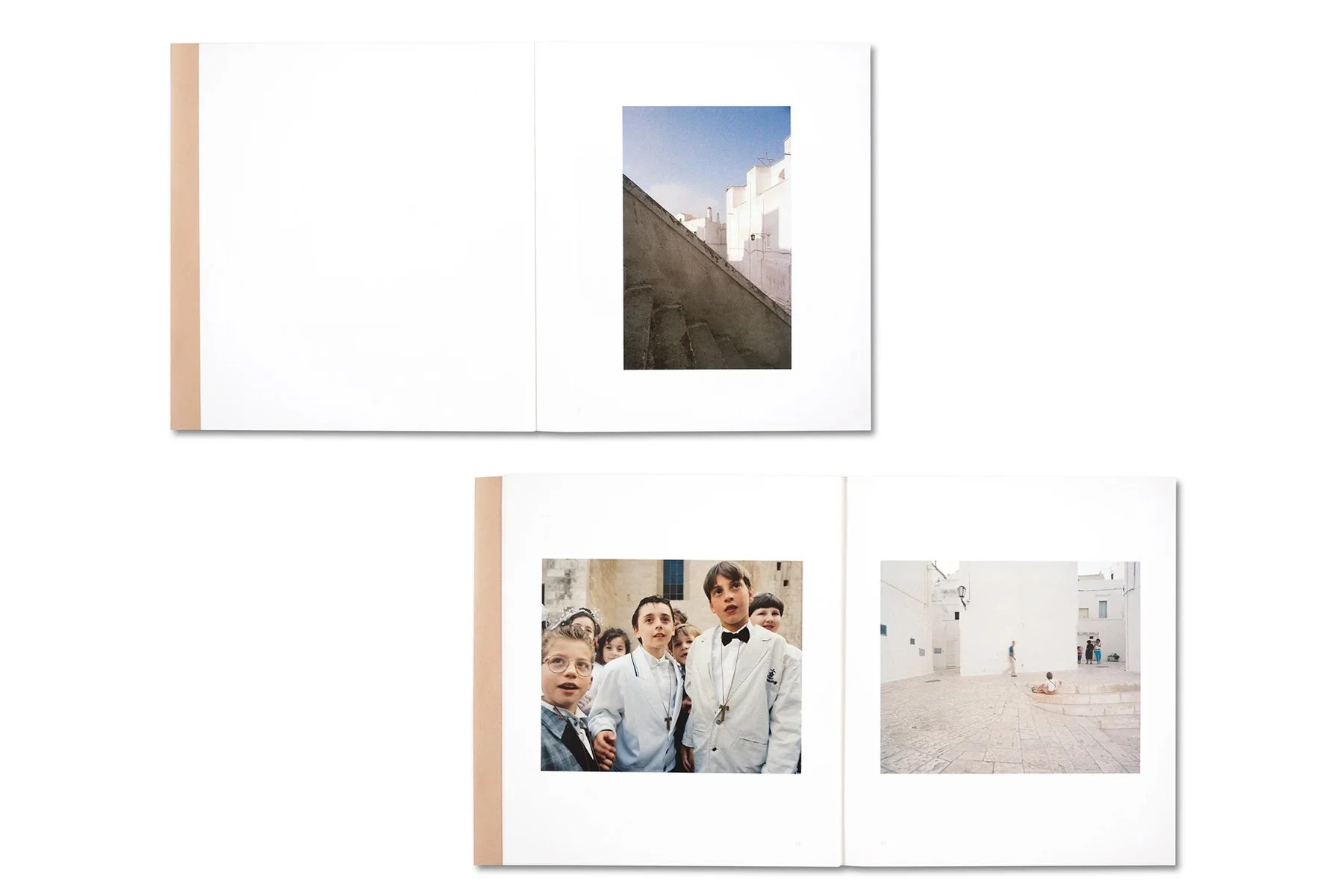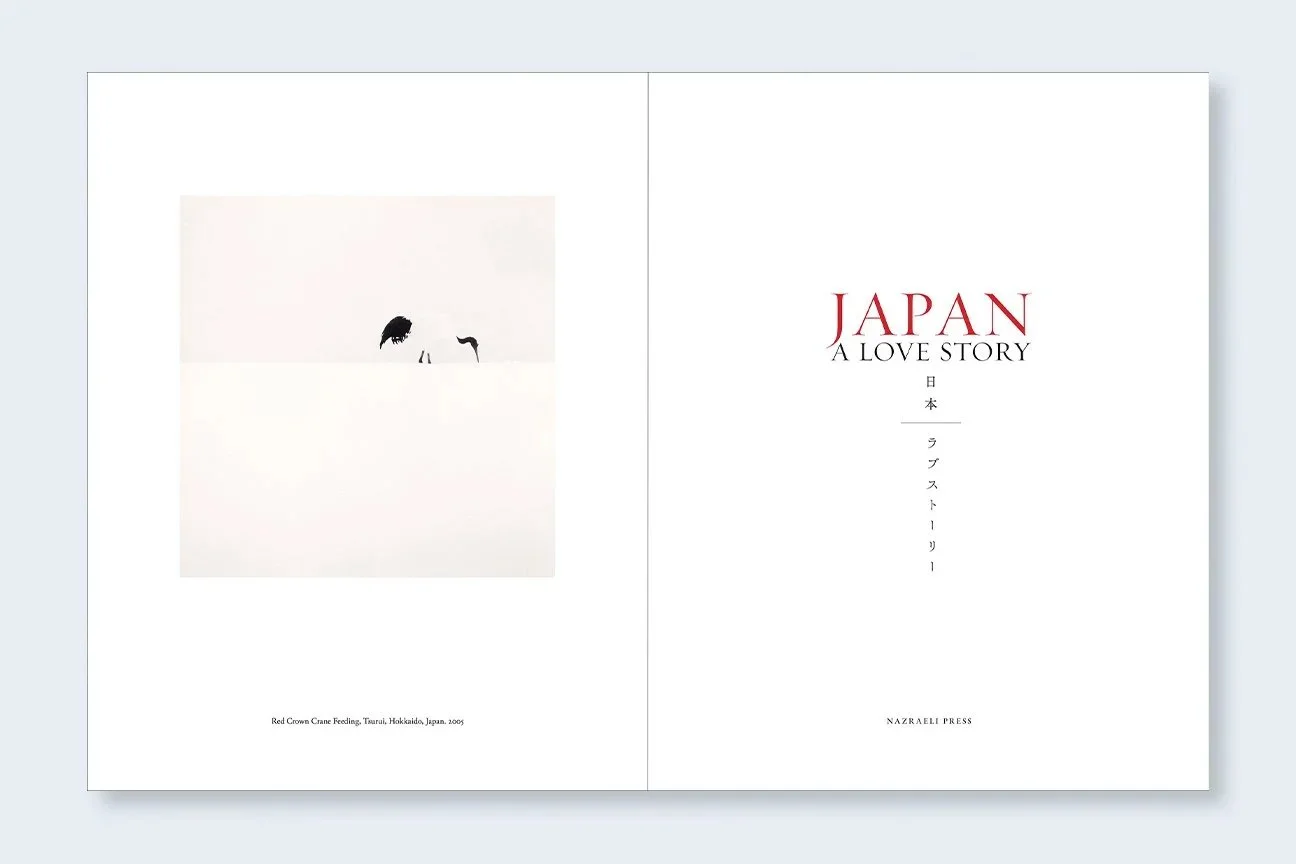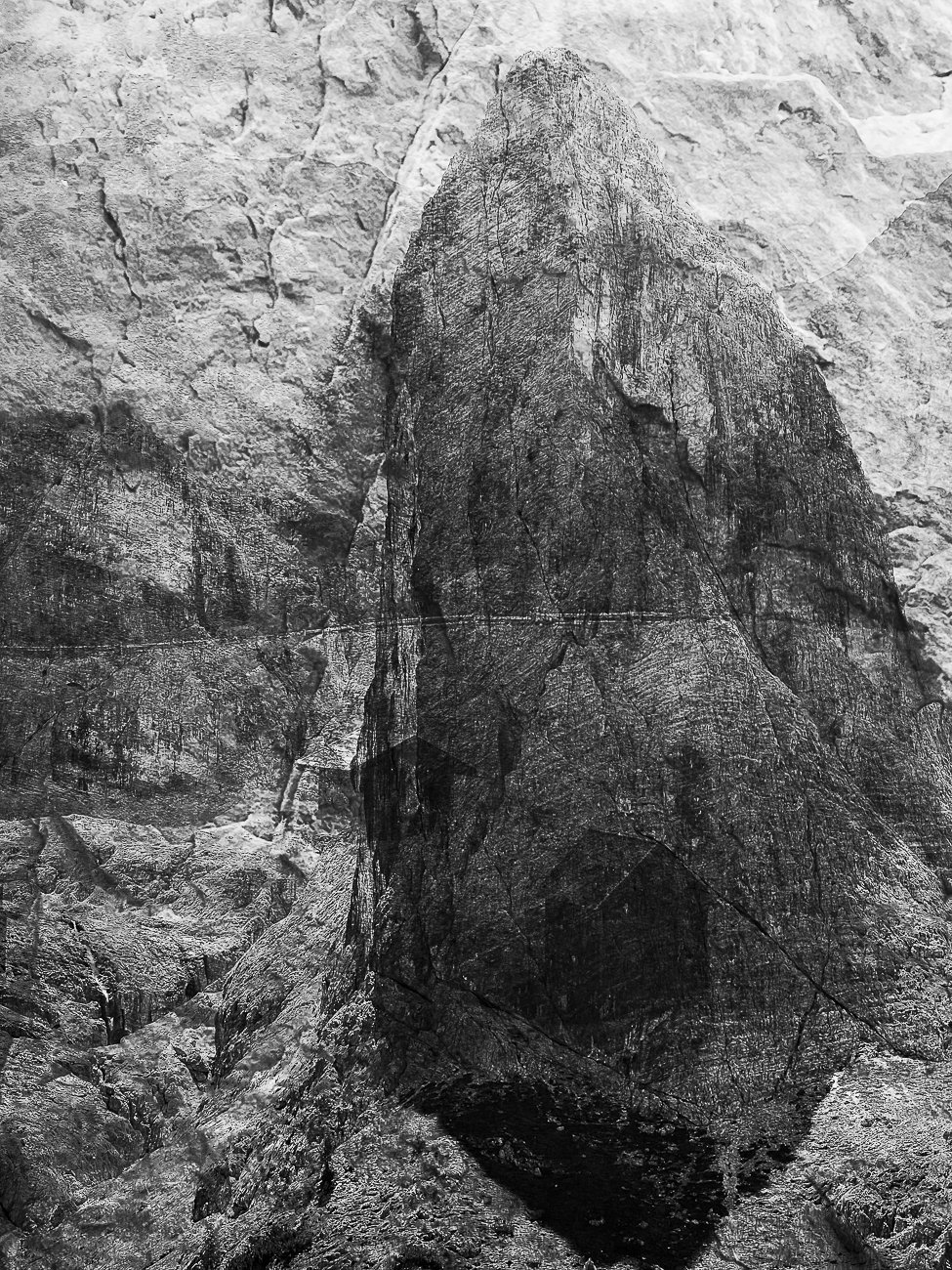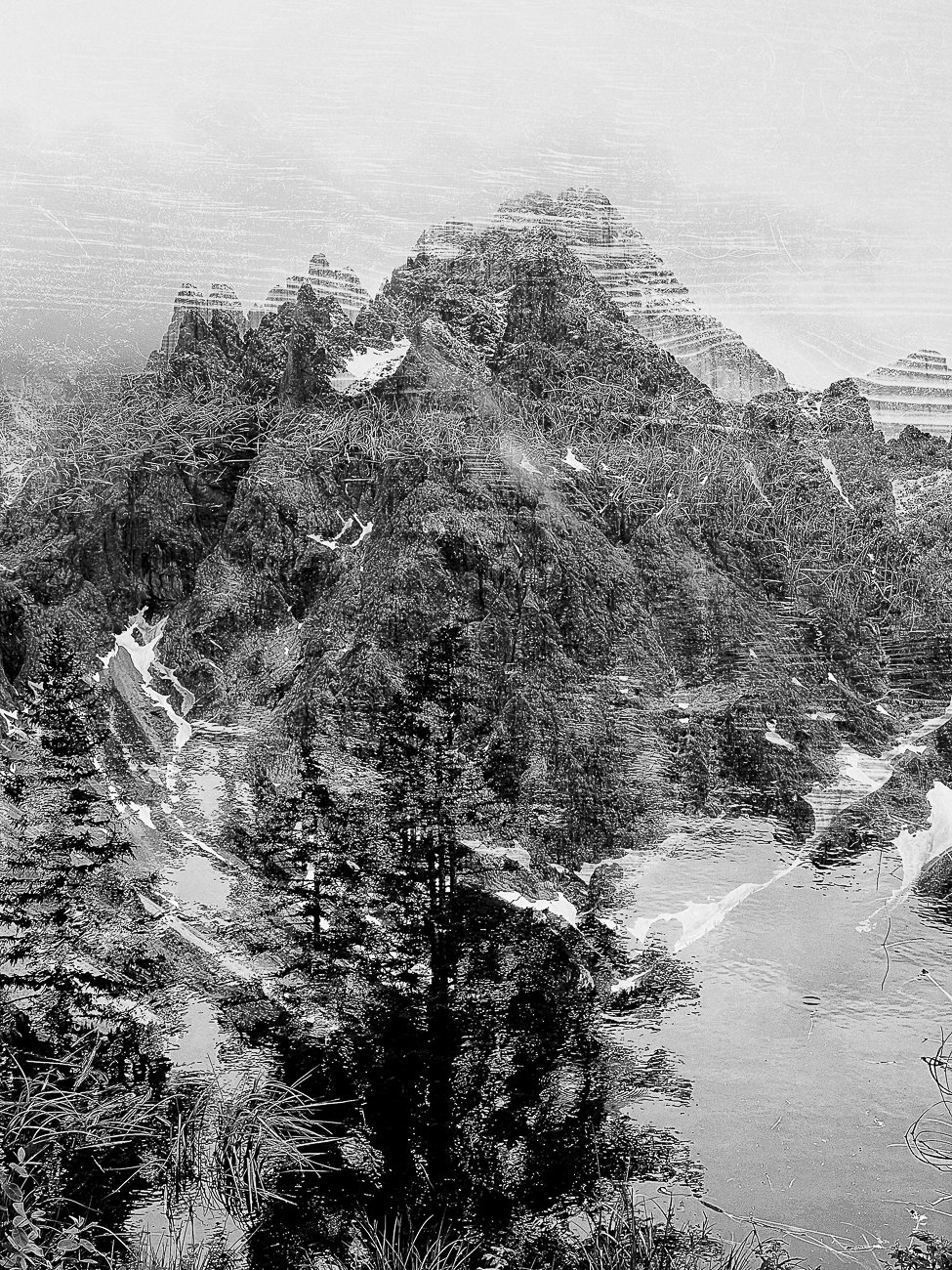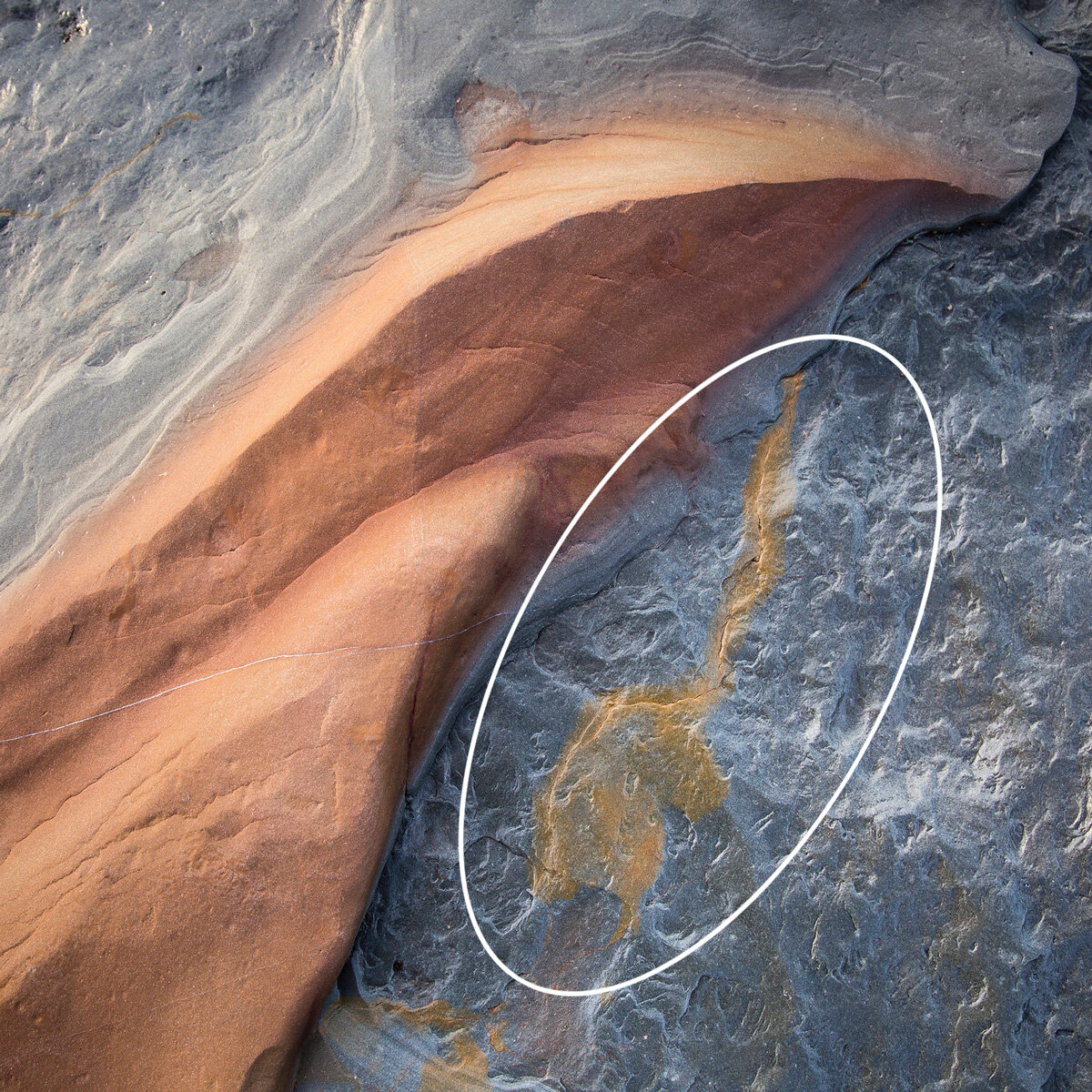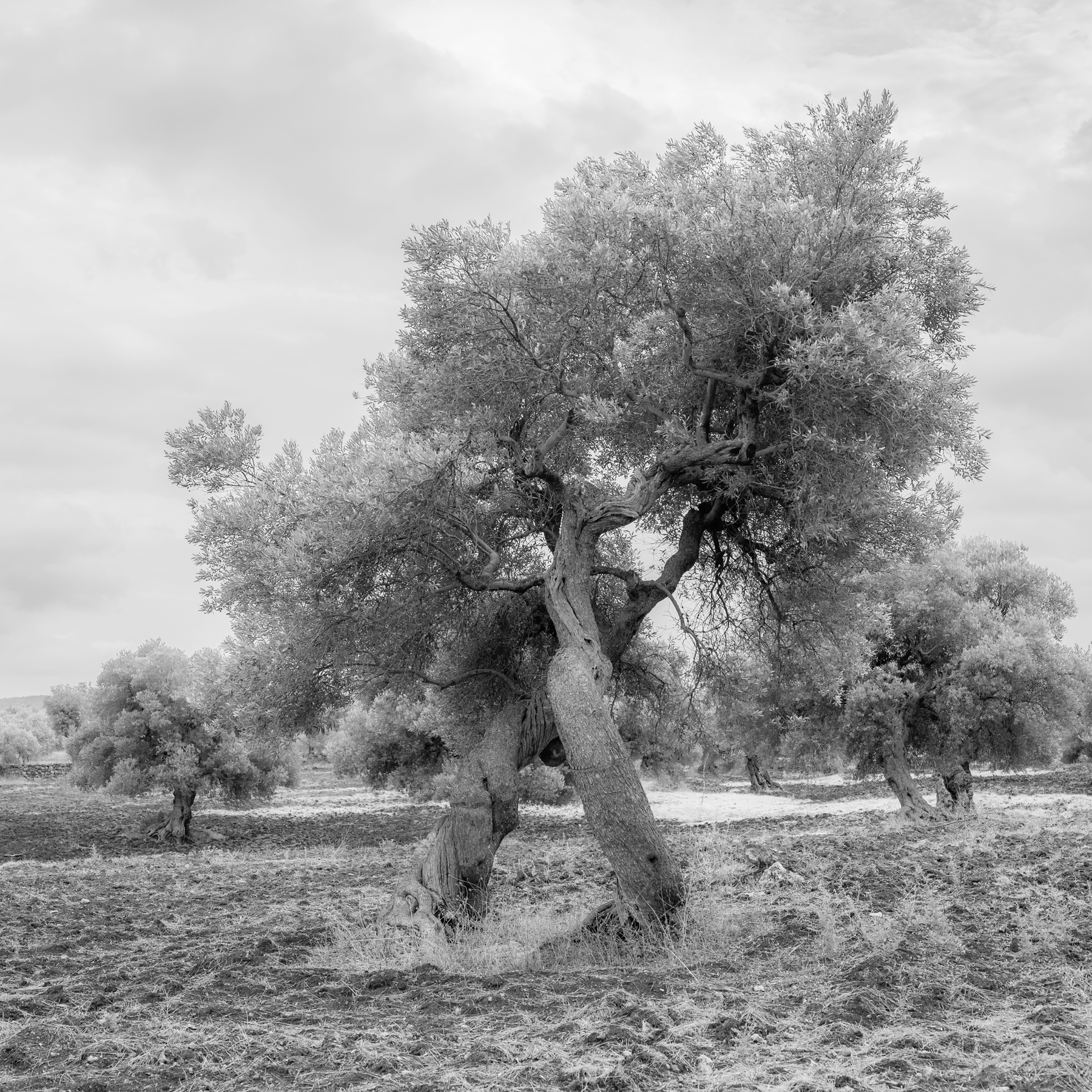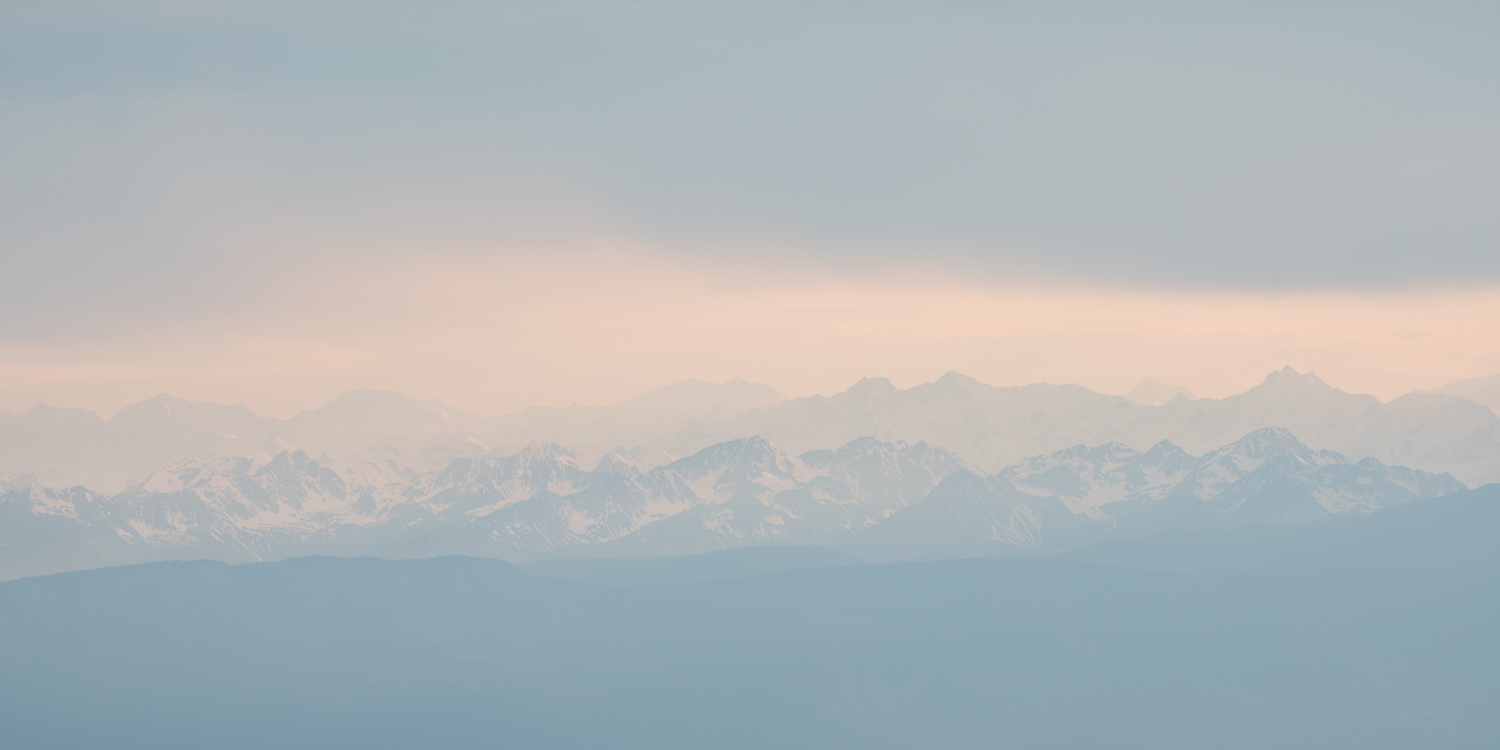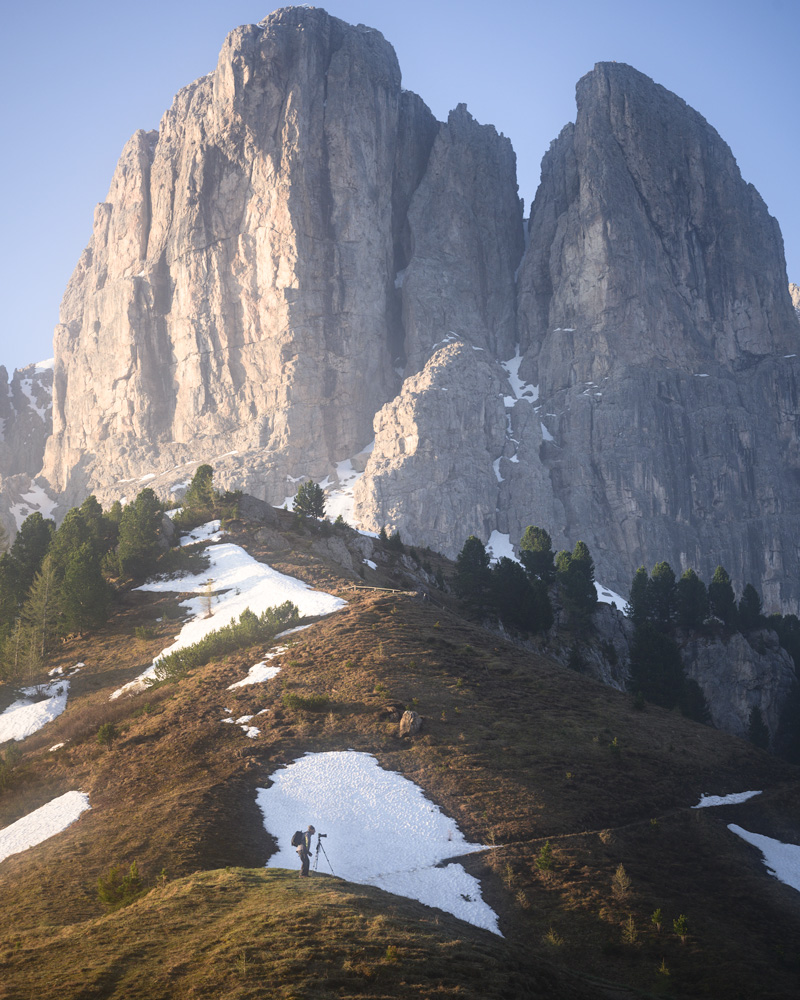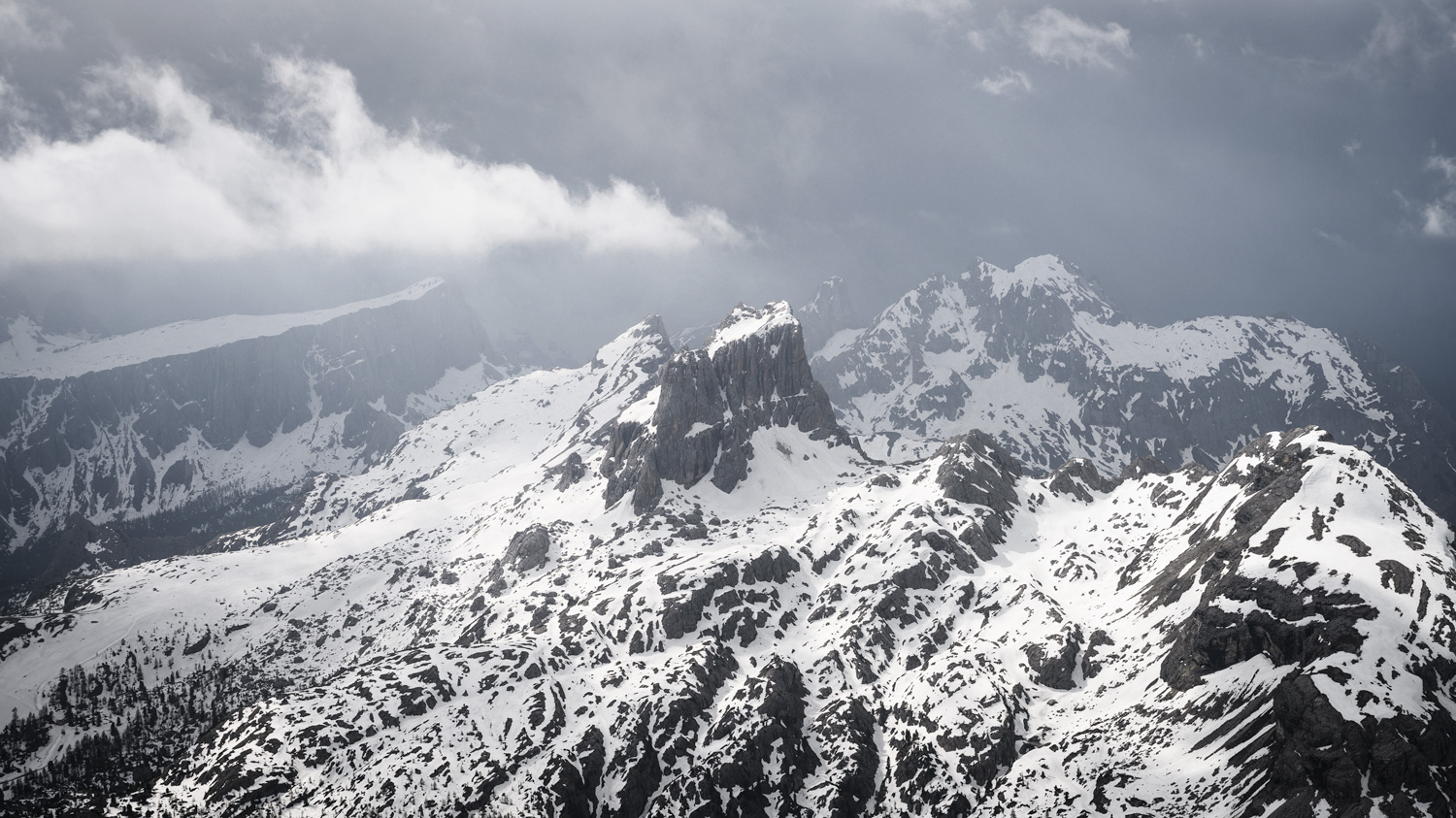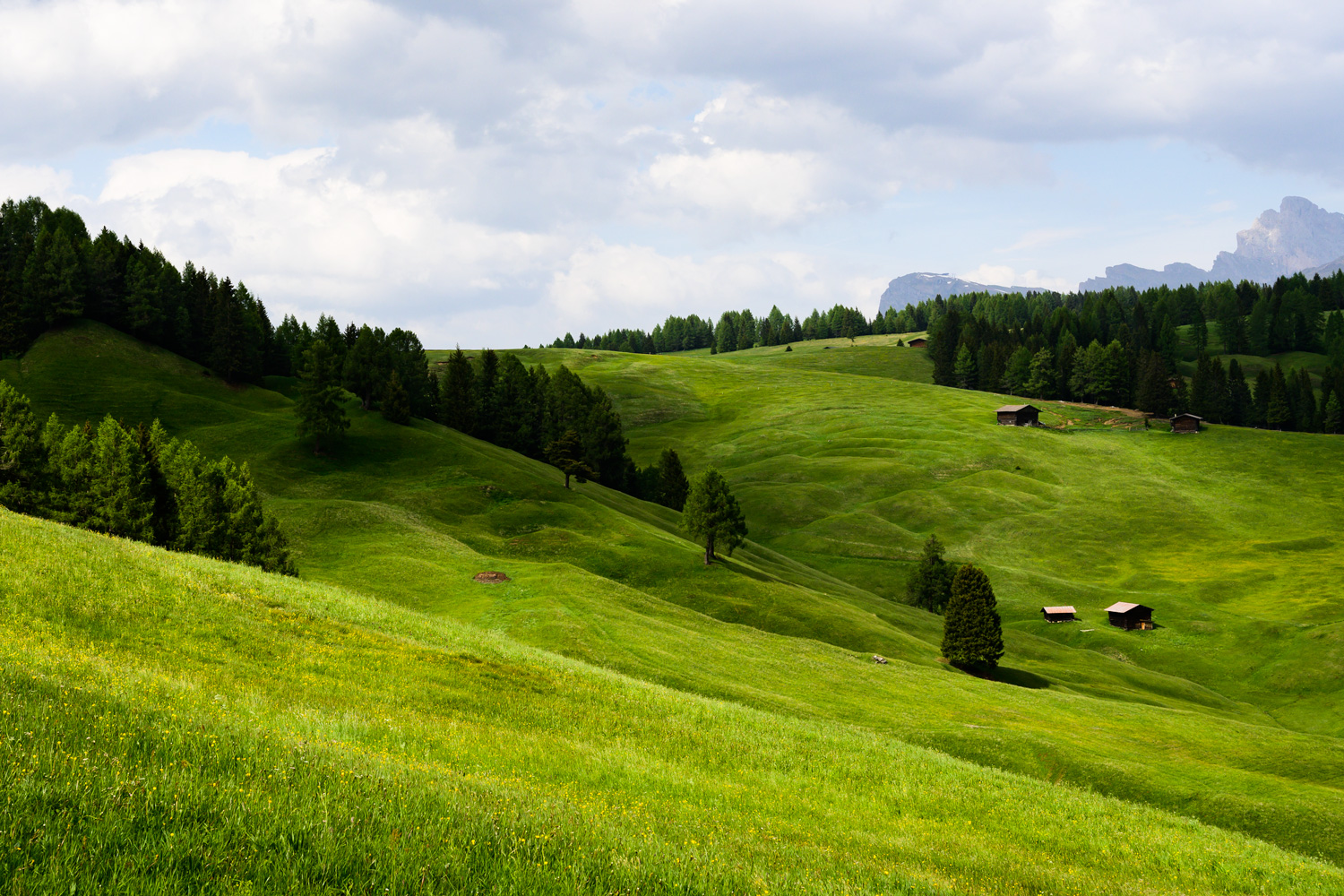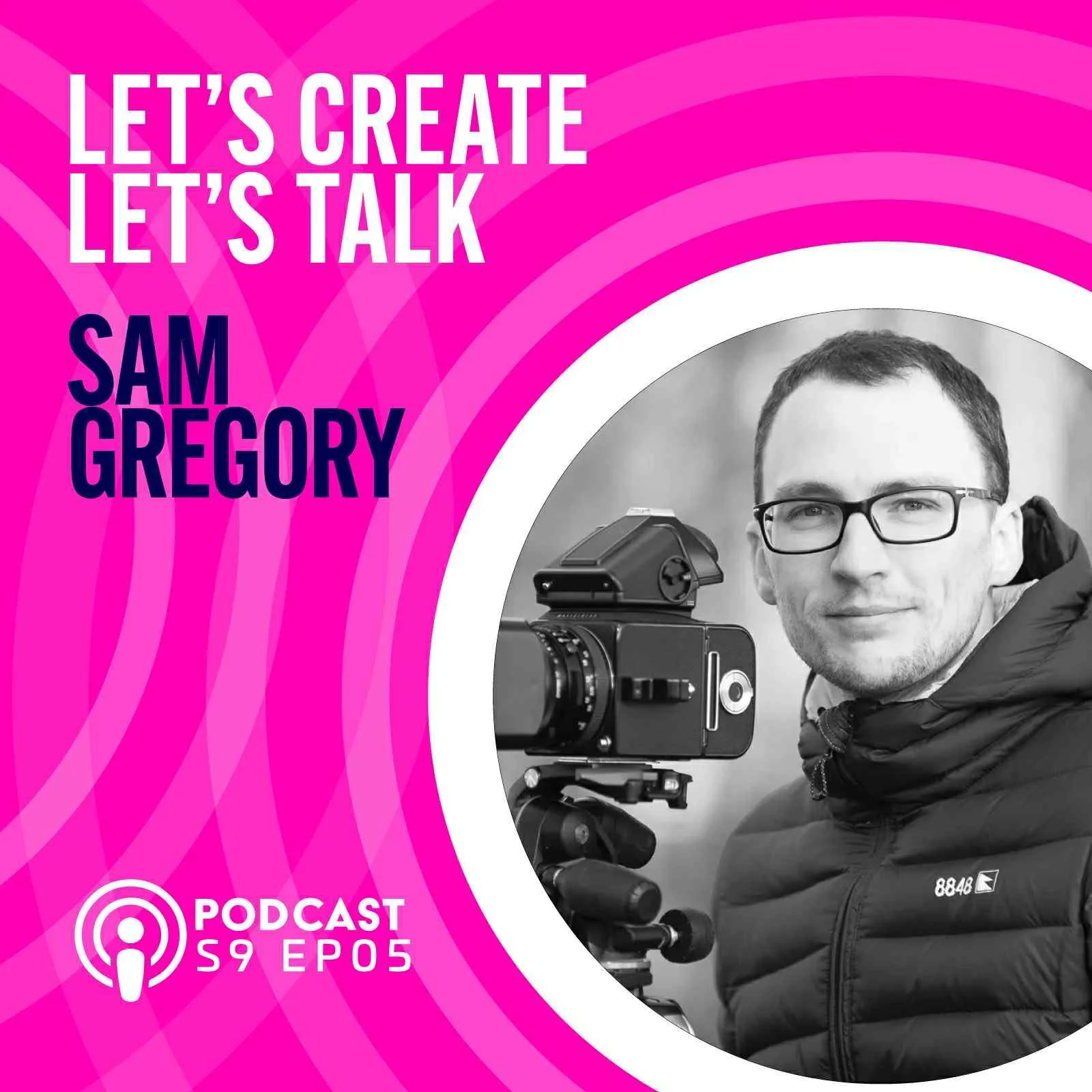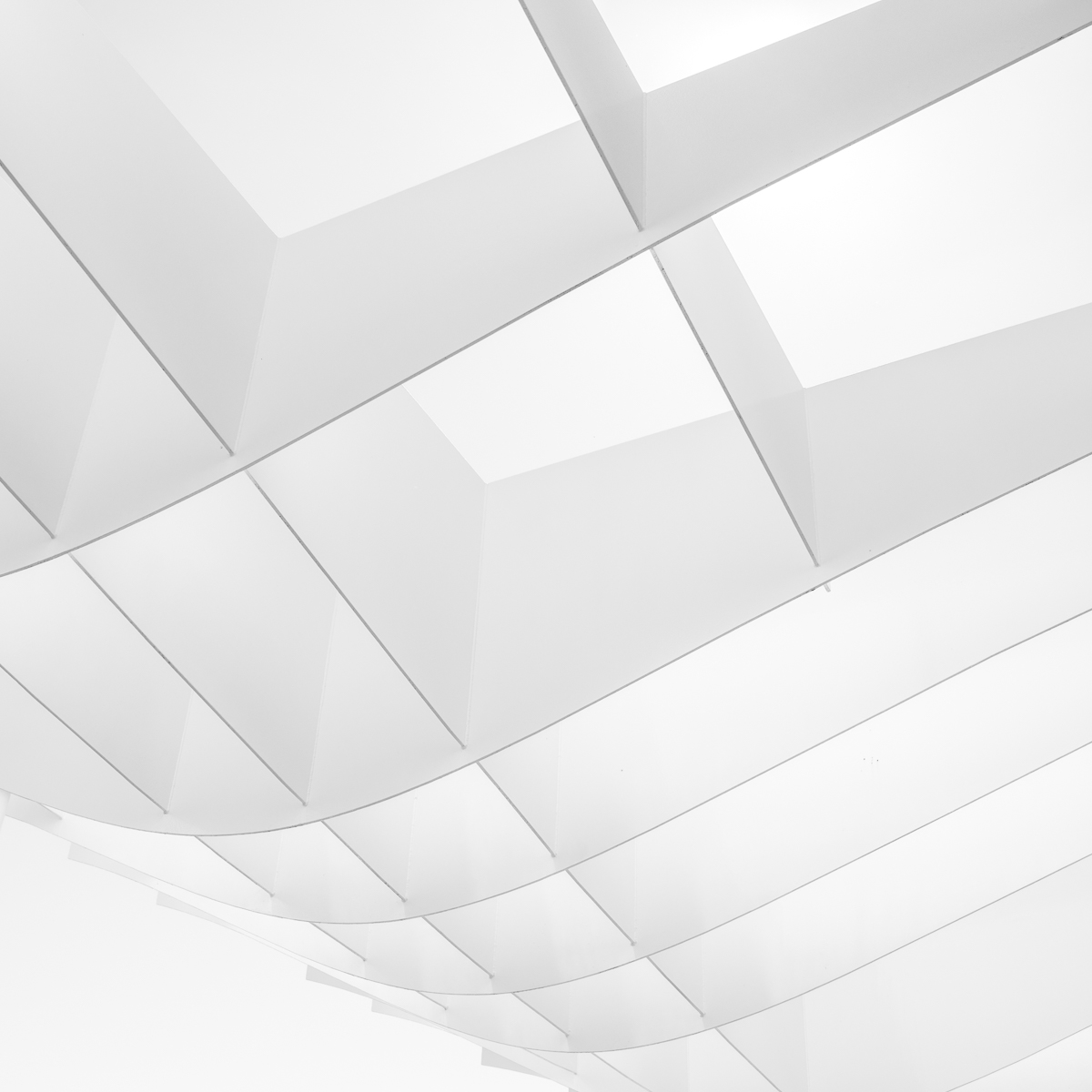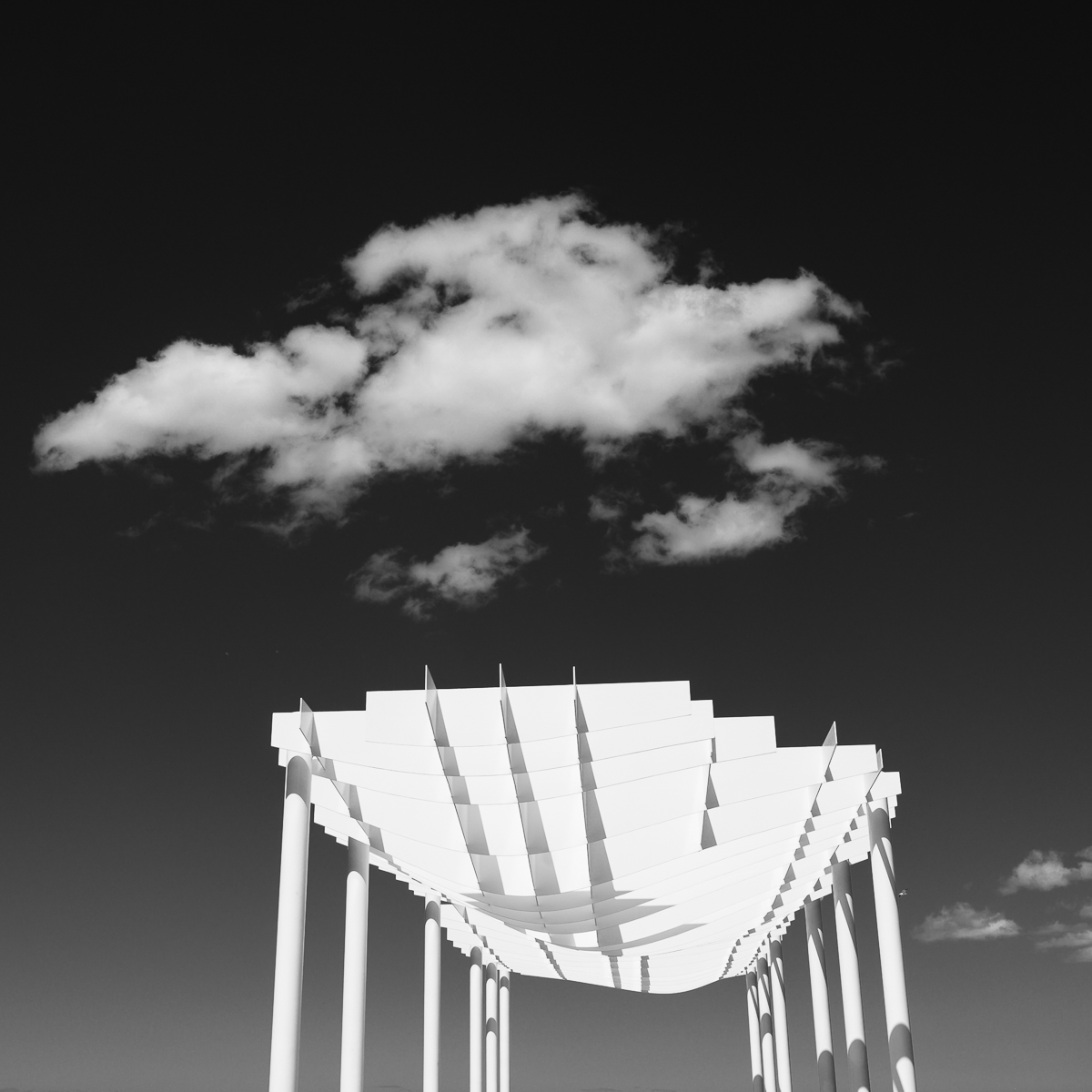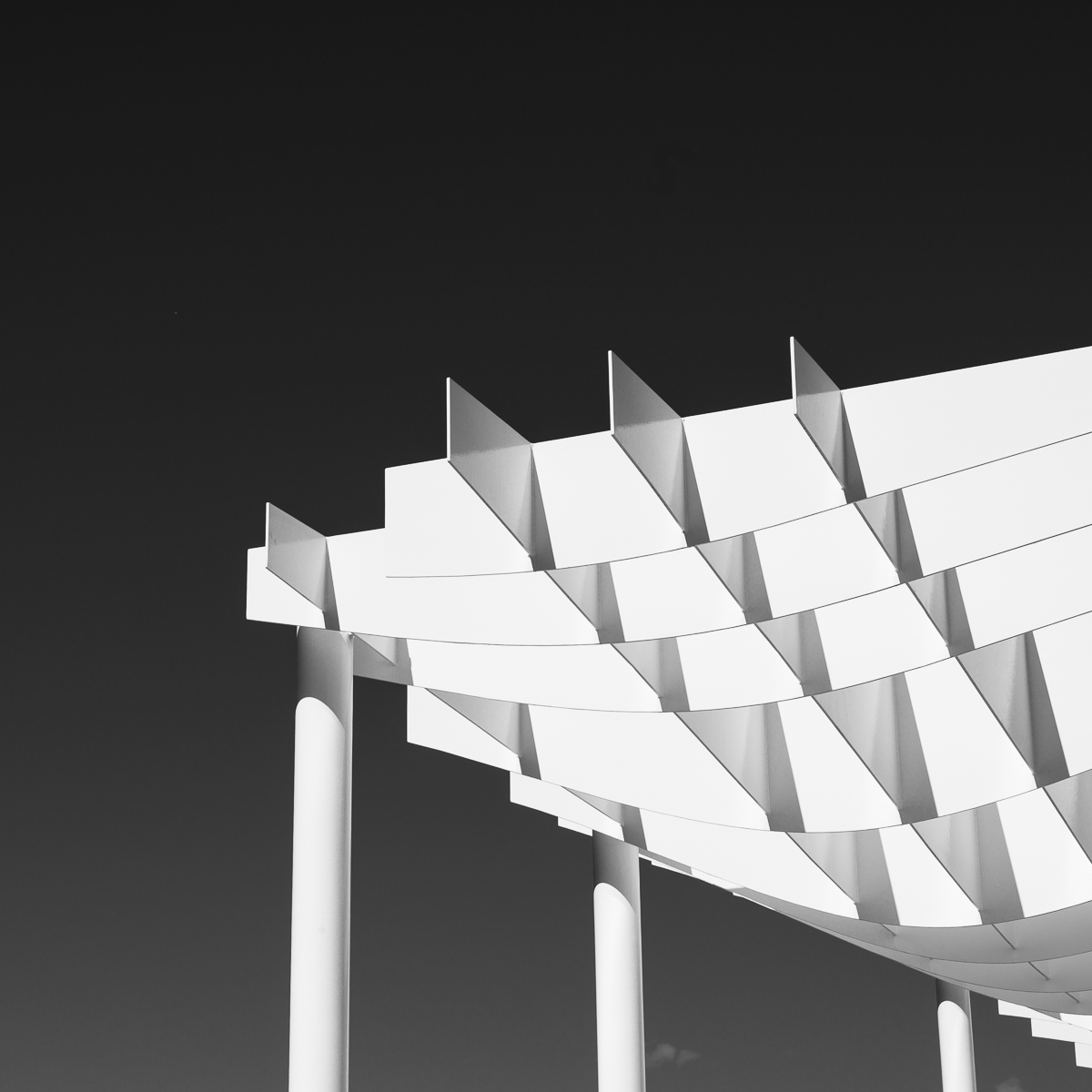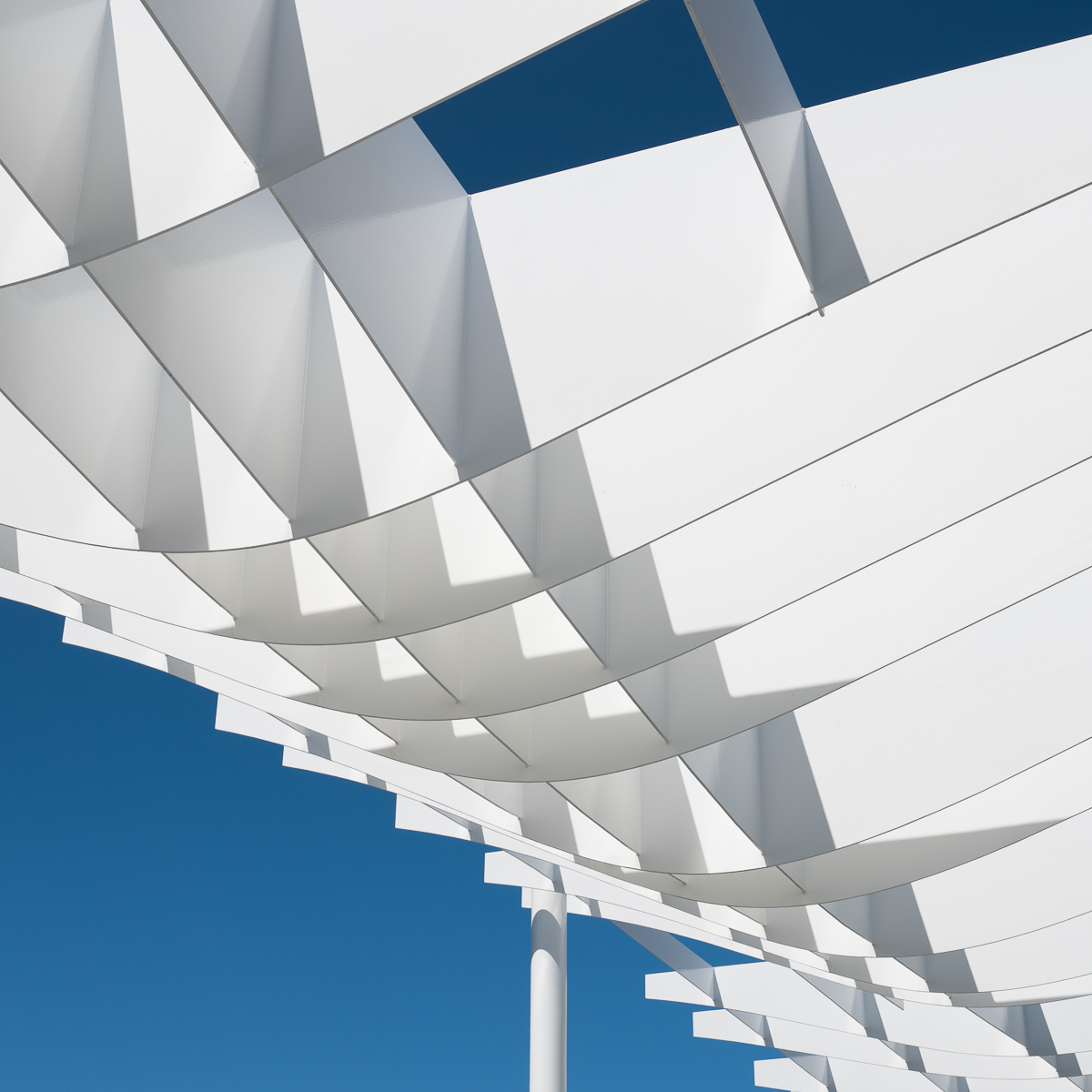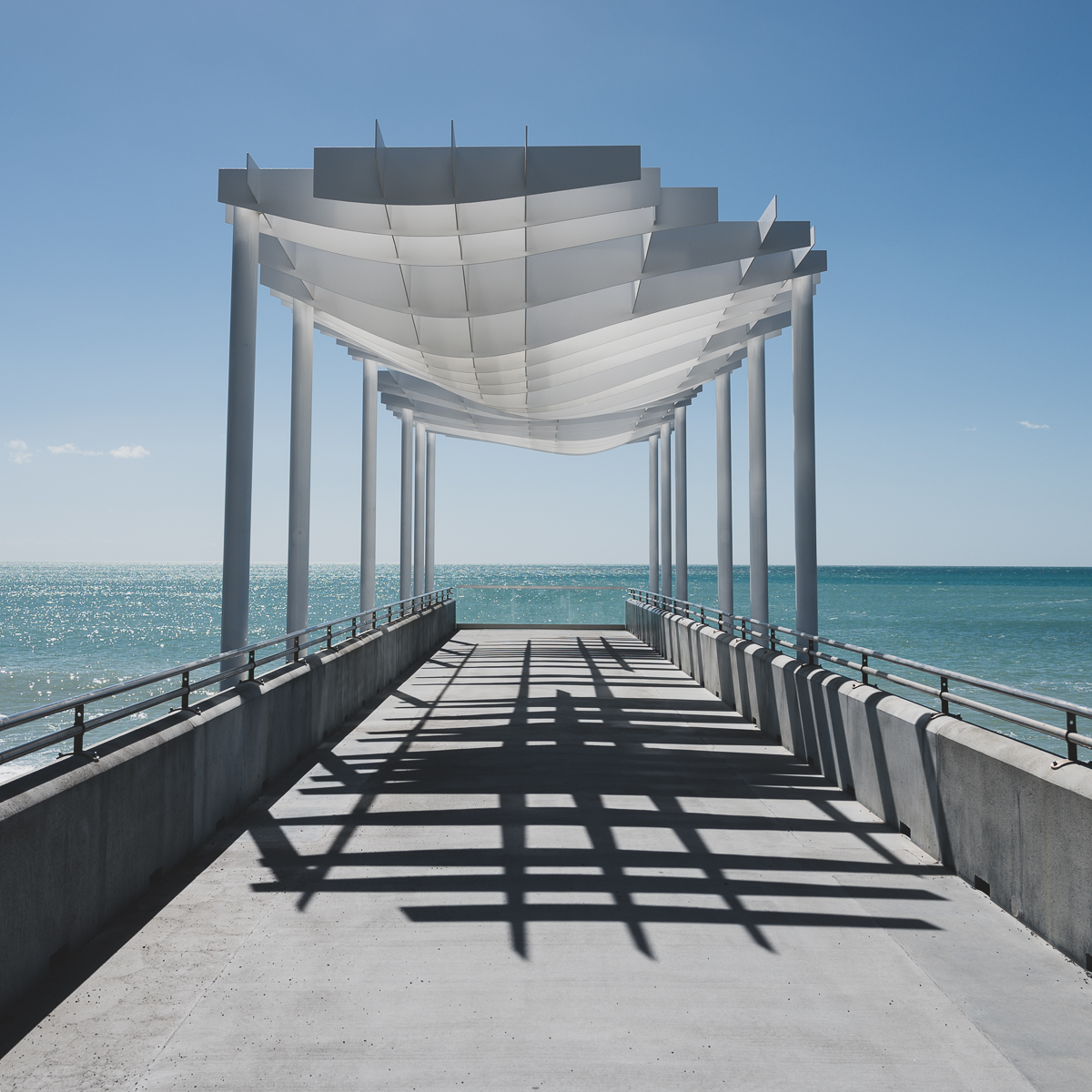Continuing our featured photo book series is this substantial and beautifully presented book by Italian photographer Luigi Ghirri. Published by MACK, this is the first edition (second printing) and it is a wonderful 288 pages long.
About the book
Luigi Ghirri (1943-1992) was an early exponent of colour photography in Italy. His work became known around the world and he was a key figure in bringing photography as a serious art form to the forefront of the Italian scene. He often used frames within frames and many other visual ‘techniques’ to construct graphically appealing compositions.
After an initial visit to Puglia in 1982 (the year of my birth!) Luigi Ghirri became visually stimulated by this gorgeous region at the heel of Italy. The whitewashed streets, unique architecture, traditional squares, and many steps, facades, churches and more, all appealed to Ghirri. The book features many small street scenes with and without the local residents.
I particularly enjoy the use of colour photography to capture the ‘feel’ of Puglia. Having travelled there myself these images take me right back to it. There is a timeless and slightly dreamy feel to the small towns, and it’s very easy to wander the back streets and spend a few hours getting firmly but safely lost!
ACCOMPANYING TEXT
Unlike many photobooks this book features around 40 pages of accompanying text. This is split into 3 sections; firstly a section by Adele Ghirri (daughter of Luigi), then a ‘conversation’ piece between Rosalba Brana and Gianni Leone (who helped Ghirri exhibit his images in Puglia), then a final essay by Italian art historian Arturo Carlo Quintavalle. All of these texts are in Italian and English and shine a light on some of Ghirri’s thought processes and the selection of images within the book.
Book Details
Title: PUGLIA - TRA ALBE E TRAMONTI
Photographer: Luigi Ghirri
Publisher: MACK
Pages: 288
Images: 227
Format: Softback
Dimensions: 22.5 x 25.5cm
Year: 2023
In Summary
I love this book because the images transport me straight back to Puglia. There is a special light and palette to the region which Ghirri captures beautifully. The compositions are graphically dynamic and the often empty scenes are indeed what you can find there. The book is substantial and each image is given plenty of space with large white borders. It is wrapped in a dust jacket made of recycled paper and the inner pages are of quality silk design.
All in all, a fine celebration of Ghirri’s body of work from Puglia, and an excellent introduction to this fine Italian photographer if you’ve not yet experienced his work.


